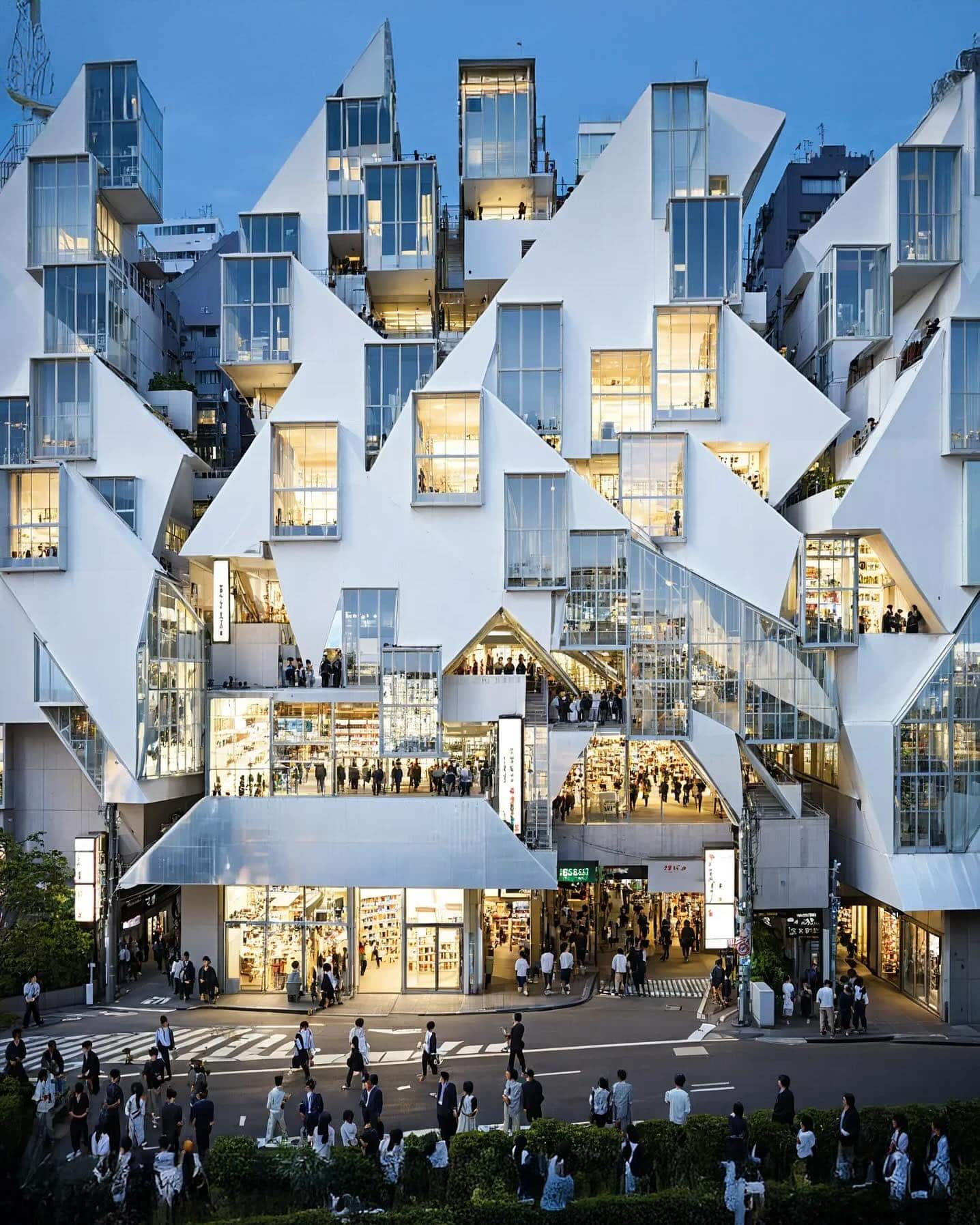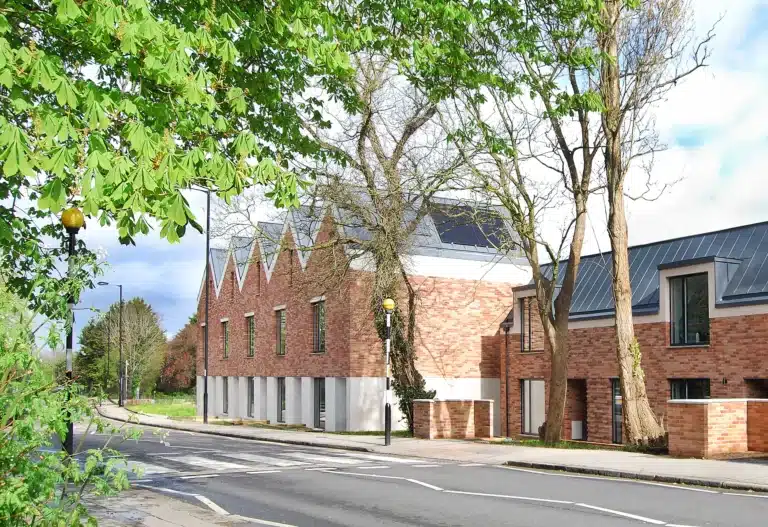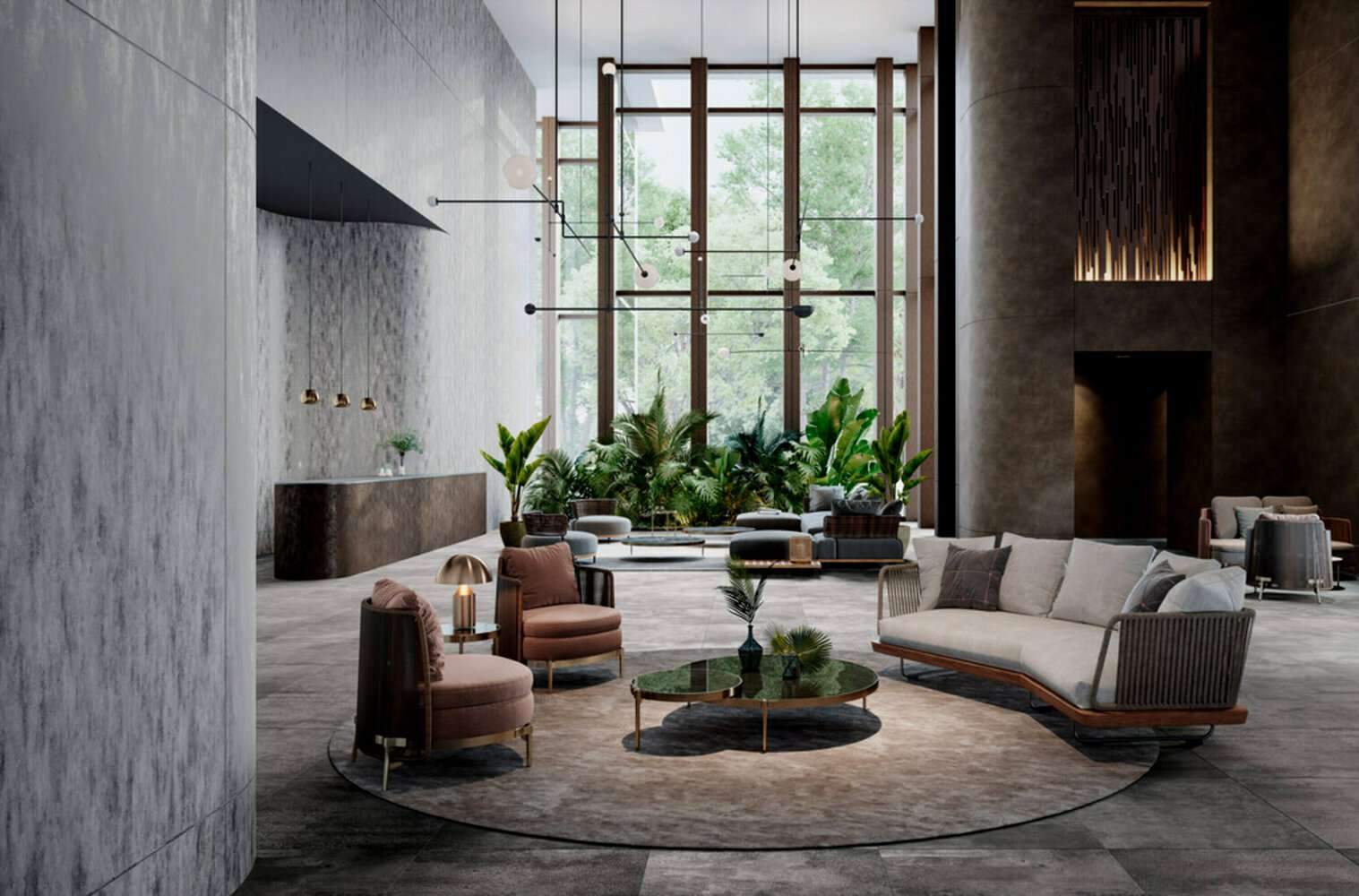Transforming Abandoned Quarries into Cultural Spaces: The Glowing Museum Model
In today’s world, repurposing abandoned industrial sites has become a hallmark of sustainable development and architectural innovation. This article explores the transformation of a forgotten quarry into a museum that blends natural materials with modern geometric designs, highlighting its architectural, cultural, and environmental significance. Transforming quarries into cultural museums is a growing trend that exemplifies this shift.


From Industrial Site to Cultural Hub
The project began with the vision of reviving a disused quarry, shifting its purpose from industrial extraction to a public space for art and culture. The design leverages the transformation of quarries into cultural museums through natural features, such as rugged rock walls, and integrates them with precise, illuminated architectural elements. This interplay between raw and refined creates a striking visual experience, where natural and artificial light interact with stone surfaces to evoke a sense of dynamic stillness.
| Before Transformation | After Transformation |
|---|---|
| Abandoned industrial site | Cultural museum and exhibition space |
| Unstructured rocky terrain | Organized geometric voids and pathways |
| Isolated from the community | Public destination for visitors |

Architectural Design: Merging Nature and Geometry
The design philosophy centers on harmonizing natural and human-made elements. Local materials like stone were paired with industrial materials such as concrete and glass. Key architectural features include:
- Geometric Voids : Strategically placed openings allow natural light to flood the space, contrasting with the rough stone walls, effectively transforming the quarry into a cultural museum.
- Interactive Spaces : Areas for art exhibitions and live performances, framed by panoramic views of the surrounding landscape.
- Accessible Pathways : Wide, gently sloping walkways connect different sections, ensuring accessibility for all visitors.
“Successful architecture bridges the built environment and nature without compromising either.”
— UNESCO Publications on Sustainable Cultural Heritage (2023)

Cultural and Social Impact
Beyond its architectural appeal, the site serves as a vibrant cultural center and a prime example of how transforming quarries into cultural museums benefits the community:
- Modern Art Exhibitions : Interactive displays use the quarry’s natural backdrop to enhance artistic narratives.
- Educational Workshops : Programs for all ages focus on geology, sustainability, and architectural design.
- Community Events : Outdoor concerts and film screenings foster engagement between art and nature.

Sustainability and Innovation
Sustainability was a core principle of the project, essential for transforming quarries into cultural museums:
- Local Materials : Reusing 70% of the quarry’s existing stone reduced transportation emissions.
- Renewable Energy : Solar panels installed on flat rooftops generate 40% of the site’s energy needs.
- Water Management : Rainwater harvesting systems collect and recycle water for landscaping.
| Sustainability Focus | Implementation |
|---|---|
| Energy Efficiency | Solar panels + LED lighting |
| Water Conservation | Rainwater collection and filtration |
| Material Reuse | Repurposed stone from the site |
Challenges and Solutions
Key challenges included:
- Structural Safety : Reinforcing unstable rock faces to ensure visitor safety.
- Preserving Identity : Avoiding over-renovation to maintain the site’s historical character while transforming it into a cultural museum.
- Funding : Securing financial support through partnerships with cultural organizations.
Frequently Asked Questions (FAQ)
- What is the primary goal of this project?
To create a cultural space that merges art, nature, and sustainability while repurposing an abandoned site. - Is the project environmentally friendly?
Yes. It uses renewable energy, recycles materials, and incorporates water-saving systems. - Is the site accessible to people with disabilities?
Yes. Ramps, wide pathways, and elevators ensure accessibility for all visitors. - What types of events are hosted here?
Art exhibitions, educational workshops, concerts, and film screenings.
Key Information Summary
| Category | Details |
|---|---|
| Location | Repurposed quarry |
| Design Approach | Integration of natural stone and geometric architecture |
| Sustainability Features | Solar energy, rainwater recycling, local material reuse |
| Cultural Activities | Exhibitions, workshops, community events |
| Challenges Addressed | Structural safety, funding, preserving historical integrity |
This project exemplifies how abandoned industrial sites can be reimagined as dynamic cultural spaces, balancing historical preservation with modern innovation. By prioritising sustainability and community engagement, it shows the benefits of transforming quarries into cultural museums and offers a model for future urban regeneration efforts.







